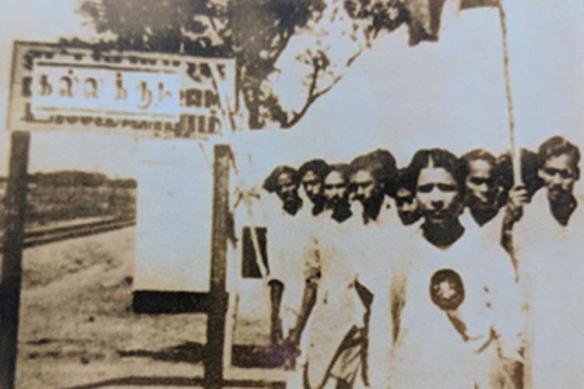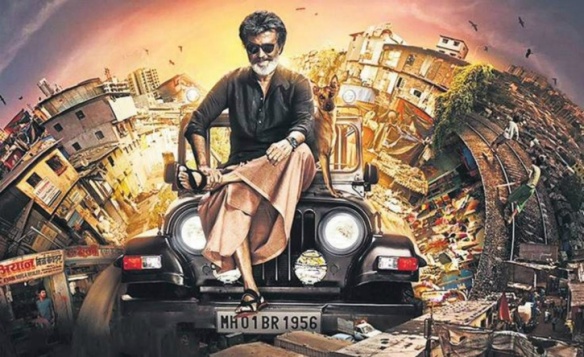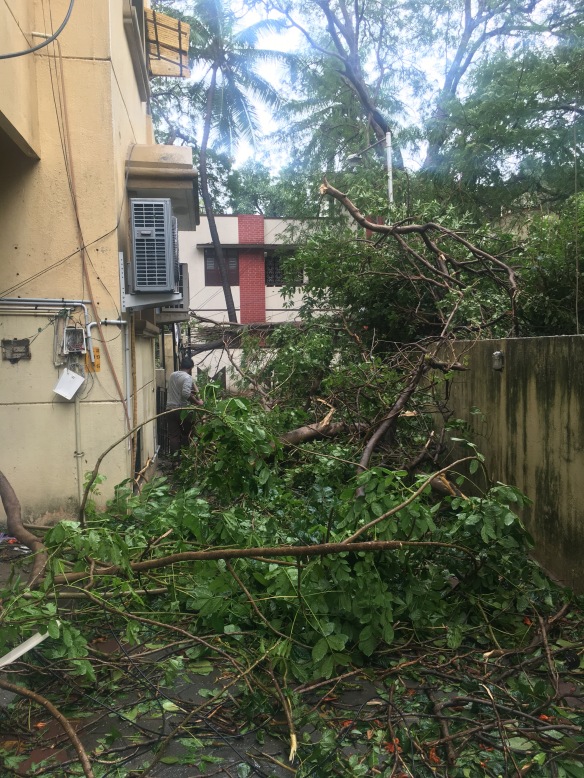“Do you know Kalaignar’s house?” I asked impatiently on the phone to my largely clueless Uber driver, who clearly was not from the city. He of course did. I use this direction detail sparsely because invariably I will have to clarify, “not Gopalapuram. The CIT colony house”. We shared a compound wall with the other family. But it was unnecessary. He was the quietest neighbour in our colony. A small but tastefully built house with tall trees and a beautiful balcony. You could throw a garland or a grenade with equal ease. On numerous mornings, I have sat next to my window and wondered how behind those unassuming walls, walked the entire political and social history of a state. Of a people.
If you saw more than one car parked outside, you knew he was home. If you saw a steady stream of ordinary people walking into his house, you knew he was home. If all the houses in the street received baskets of sweets and savouries, you knew he was home and it probably was a farmer’s festival. You will run into Kanimozhi on the pavement, when you are out to get vegetables. Your maid will show up with gifts from their house. That is how they are. Regular people.
It is difficult to separate the history of the state, from the man. Because he has always been there. Always. He has made poll alliances with people I read about in school textbooks and also rooted for CSK this season. He has always been there. Which is why today it feels like a family doctor died, taking away with him critical pages on why we are what we are. How did Tamil Nadu become the first state to recognise Transgender rights, decades back? How did atheism become critical for social justice? How do you build an organization and a movement that outlives you? How do you become the country’s first screen writing super star? Why is linguistic plurality important for the fabric of this country? Why is it important to be ‘regular people’ in public life?

(Pic credit: Anna Arivalayam)
Unlike MGR or Jayalalitha, he was no accidental politician. He did not get attracted to it mid way. He was not pushed into it. He wanted this. He planned for it with a primal focus, right from when he was 14. When he laid down on the railway tracks of Kallakudi as a 29 year old, protesting Hindi imposition, he was already mid-career. To put this in perspective, both Jayalalitha and Modi were 9 year old children who in all probability, were playing marbles in their backyards on that hot Wednesday afternoon. Kalignar’s impact on Tamil Nadu is not just political. He has affected the cultural fabric of a region, in a stunningly unique way.
The human body is poor hardware for what the mind can accomplish. But Muthuvel Karunanidhi pushed it as much as he can – for 94 years, through healthy eating and yoga, before these things became cool. I dont think he will complain. If the young man of Kallakudi fame were to meet himself today, he would agree that it was a life well lived. Not just at the work front but at home as well. In innumerable interviews, his children have mentioned how he has always been around, for everything. Regular people.
His career is checkered with extraordinary contradictions. The man who fought for social equality all his life did not have a single woman leader in his party ever – until his daughter, of course. The man who moulded friends like Prof. Anbazhagan into great leaders and stood for civility above all else, also presided over a generation of party workers who were essentially thugs. The man who stood for Tamil rights all his life, presided over the Last War in Sri Lanka, which had ‘war crimes’ written all over it. The man who pioneered social revolutions like Samathuvapurams (equality villages) and Uzhavar Sandhai (farmers’ markets) never really focused on infrastructure issues like water and electricity.
But beyond all this, why is there so much love? why does a politician feel like family? How did he build the Dravidian brand so successfully that even millions of people like me who were born in brahmin households, swear by it? How did he draw an equal audience to his ‘Kaviyarangams’ (poetry slam) as much as he did to his political rallies? The answer probably lies in an innocuous word called ‘Inclusion’. His entire political discourse was based on ‘include them also’ and never ‘take it away from them’. It is not an ideal position to take. Not even the right one at all times. However, it endeared him to generations. We were sure that things will never go really bad with him around. After all, how can this sitting CM uncle, who once embarrassed Jackie Chan by praising him for 40 mts in a language that he didnt even understand, be bad for anyone?

(Pic credit: Murasoli)
A few years back, it was his birthday and he was in the ‘other’ house. Dad joined hundreds of other people who casually walked into his house to wish him. From a distance, dad recalled to him how his uncle Sethurama Iyer taught him in Class VIII in Thiruvaroor and made him the class leader. The Chief Minister remembered his teacher and even though he was too weak for it, got up from his chair and folded his hands in reverence. Dad was thrilled. He now had a Kalaignar story to tell. Everybody has a Kalaignar story to tell…
























